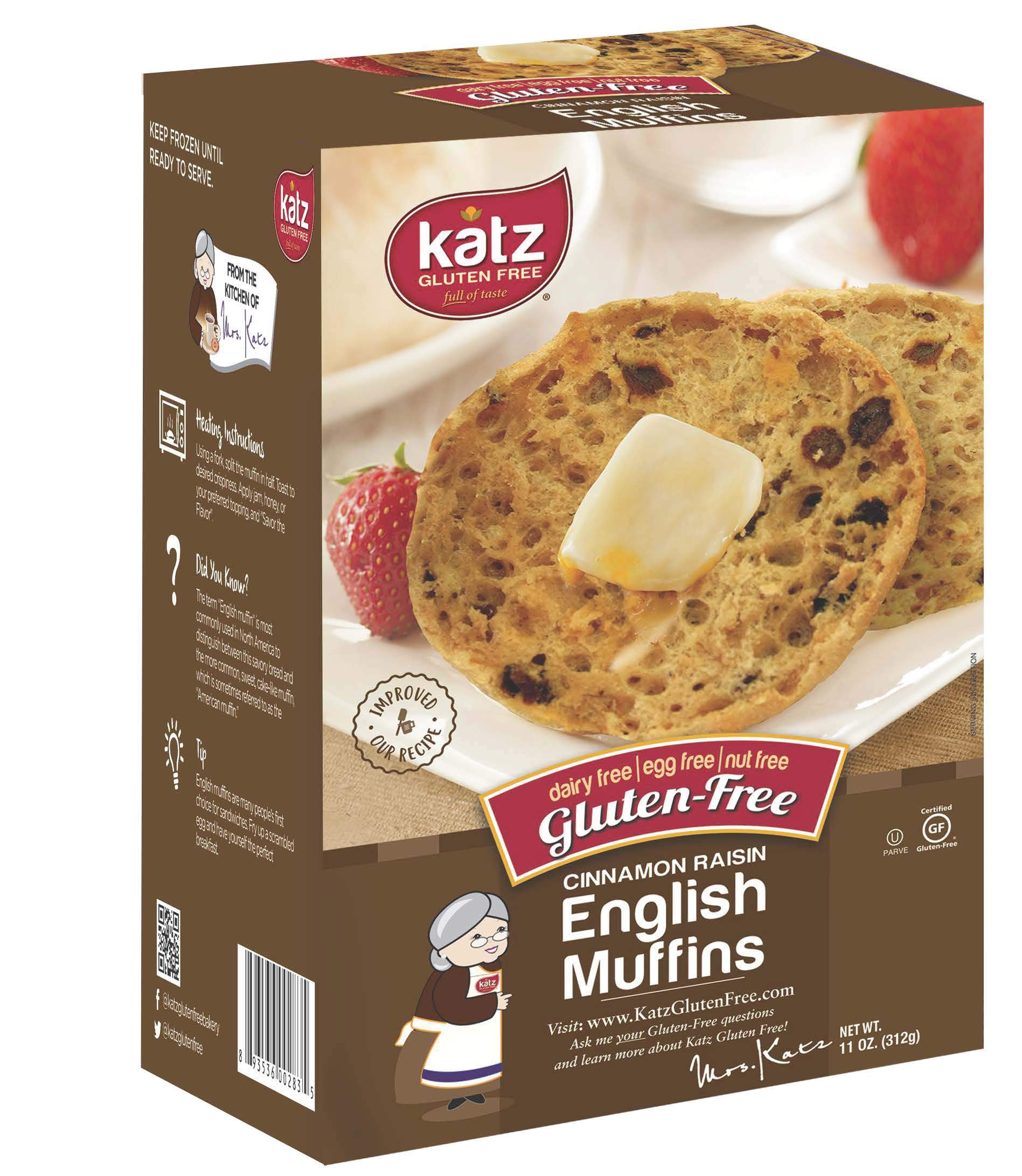English Muffin Bread Recipe: History, Preparation, and Versatile Uses
English muffin bread takes inspiration from the traditional English muffin, which originated in the United Kingdom during the 10th century. Unlike classic English muffins, the bread variation first gained popularity in North America in the mid-20th century. Its rise paralleled the increased interest in baking artisan bread at home. Bakers aimed to preserve the unique, nooks-and-crannies texture of English muffins while creating a loaf that’s easier to slice and toast.
Key Characteristics
English muffin bread stands out for its airy and chewy texture. This bread features a high moisture content, resulting in a tender crumb with numerous air pockets. The dough relies on a quick-rise yeast method, which allows for faster preparation compared to traditional bread recipes. You’ll notice a slightly tangy flavor, often due to the inclusion of buttermilk or vinegar. This bread pairs perfectly with both sweet (jam, honey) and savory (butter, egg) toppings, making it versatile for any meal.
How to Make English Muffin Bread
Ingredients Needed
- 4 1/2 cups of all-purpose flour
- 2 cups of warm milk (around 110°F)
- 1/4 cup of warm water
- 2 tablespoons of sugar
- 1 packet (2 1/4 teaspoons) of active dry yeast
- 1 1/2 teaspoons of salt
- 1/4 teaspoon of baking soda
- 2 tablespoons of cornmeal (for dusting the loaf pan)
- Prepare Yeast Mixture:
- Combine the warm water, warm milk, and sugar.
- Sprinkle the yeast over the mixture, then let it sit for 5 to 10 minutes until foamy.
- Mix Dry Ingredients:
- In a large bowl, whisk together the flour, salt, and baking soda.
- Combine Mixtures:
- Gradually add the yeast mixture to the dry ingredients.
- Stir until a sticky dough forms.
- Knead the Dough:
- Transfer the dough to a lightly floured surface.
- Knead for about 5 minutes until smooth and elastic.
- First Rise:
- Place the dough in a greased bowl, cover it with a damp cloth.
- Let it rise in a warm place for about 1 hour or until doubled in size.
- Shape the Dough:
- Punch down the risen dough.
- Divide and shape it into a loaf, then place in a greased loaf pan dusted with cornmeal.
- Second Rise:
- Cover the loaf pan with a damp cloth.
- Let it rise for another 30 to 40 minutes until the dough reaches the top of the pan.
- Bake the Bread:
- Preheat your oven to 375°F.
- Bake the loaf for 25 to 30 minutes until golden brown.
- Cool and Serve:
- Remove the bread from the oven.
- Let it cool in the pan for 10 minutes, then transfer to a wire rack to cool completely.
Serving Suggestions for English Muffin Bread
Breakfast Ideas
For a satisfying breakfast, you can toast English muffin bread slices. Spread butter or jam on each slice to enhance its flavor. Pair it with scrambled eggs to create a balanced meal. Add some crispy bacon or avocado slices for more flavor. Serving with fresh fruit like berries or orange segments provides a sweet contrast.
A quick breakfast option includes making an open-faced sandwich. Use English muffin bread as the base, add peanut butter, and top with banana slices. Drizzle with honey or sprinkle with chia seeds for added nutrition. This easy combination offers a mix of proteins and healthy fats.
Another idea is to make French toast with English muffin bread. Dip slices in a mixture of eggs and milk, then cook on a skillet until golden brown. Serve with maple syrup and powdered sugar. Adding fresh berries or whipped cream can elevate this dish even more.
Creative Uses Beyond Breakfast
English muffin bread isn’t limited to breakfast. One creative use is making mini pizzas. Place tomato sauce, cheese, and your favorite toppings on a slice. Broil until the cheese melts and bubbles. This works well as a quick lunch or snack.
For a flavorful appetizer, try making garlic bread. Spread a mixture of butter, garlic, and parsley on slices of English muffin bread. Toast until crispy, then serve with pasta or as part of a charcuterie board.
You can also use English muffin bread for sandwiches. Create a classic BLT with bacon, lettuce, and tomato. Add some mayo for extra taste. Alternatively, make a grilled cheese sandwich by layering different types of cheese between slices and grilling until melted and golden. This versatile bread can elevate any sandwich recipe.
Comparing English Muffin Bread to Other Breads
English Muffin vs. English Muffin Bread
English muffin bread, unlike the traditional English muffin, is baked as a loaf instead of individual rounds. The texture of English muffin bread is akin to that of its namesake, with a dense crumb and airy pockets. These characteristics make it ideal for toasting and spreading with butter, jam, or cheese.
In contrast, individual English muffins, often split in half, have a slightly crisper exterior due to their griddle cooking method. Both varieties have a tangy flavor due to the yeast fermentation process, which enhances their versatility in both sweet and savory applications.
Benefits of English Muffin Bread
English muffin bread offers several advantages over other types of bread:
- Texture: The dense, airy texture provides a satisfying chew, perfect for toasting.
- Ease of Preparation: Making a loaf is simpler for home bakers compared to forming individual muffins.
- Versatility: Due to its structure, this bread works well for everything from breakfast items, like egg sandwiches, to dinner, such as garlic bread.
- Storage: A full loaf is easier to store than individual muffins, maintaining freshness longer under proper conditions.
English muffin bread, with its unique properties, stands out among other breads, providing delightful and varied culinary possibilities.
Conclusion
English muffin bread offers a delightful twist on a classic favorite, bringing unique texture and flavor to your table. Its ease of preparation and versatility make it a must-try for any home baker. Whether you’re enjoying it for breakfast or incorporating it into dinner, this bread’s distinct characteristics will elevate your culinary creations. Give English muffin bread a try, and you’ll discover a new staple in your baking repertoire.






